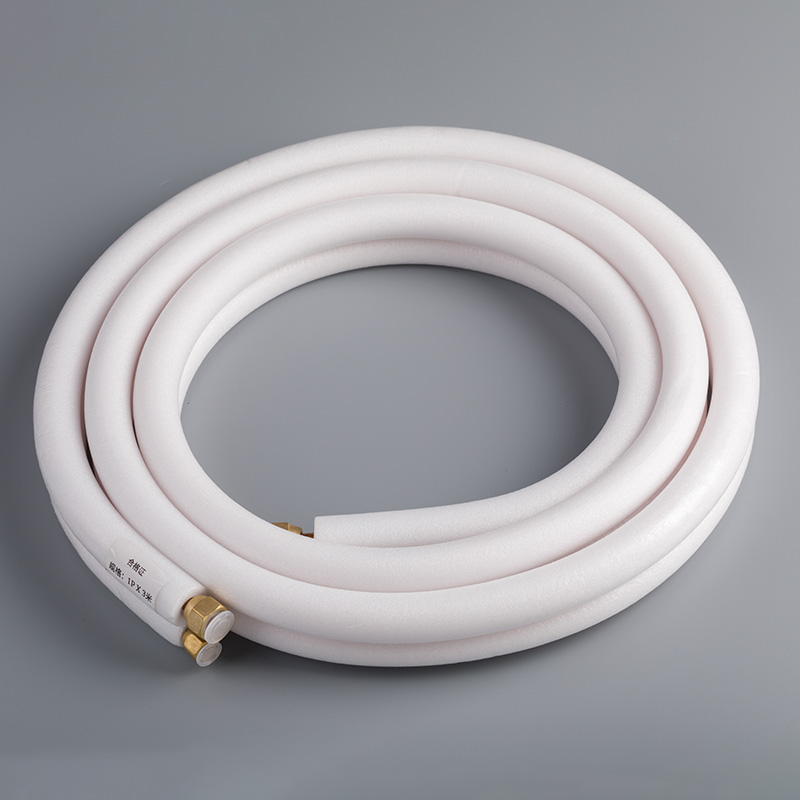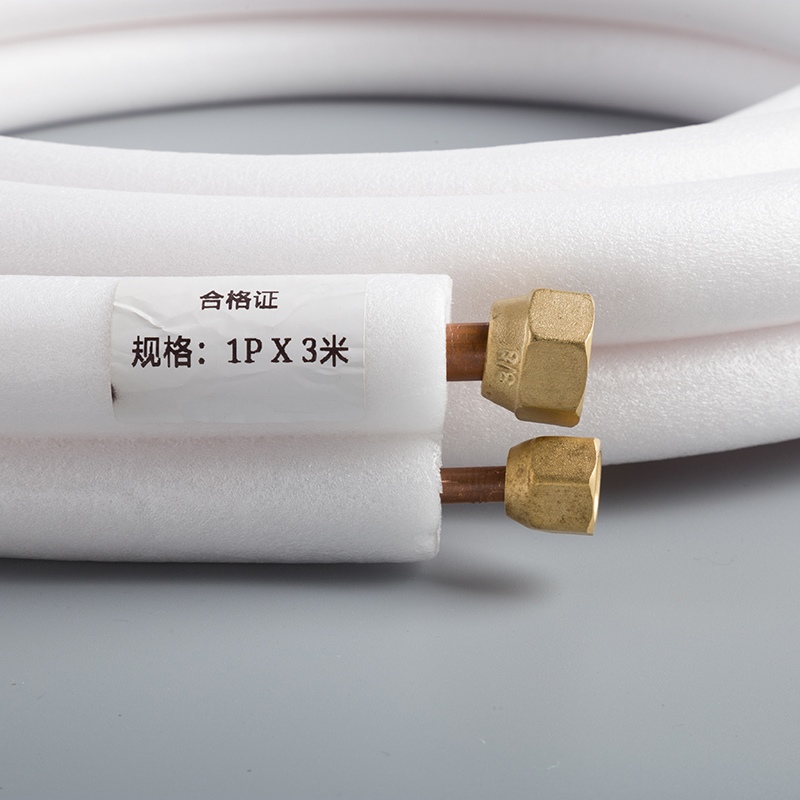How to Choose the Best Copper Pipe Flaring Tool for 1/2 Pipe

Selecting the right copper pipe flaring tool is crucial for achieving secure and leak-free connections in plumbing and HVAC systems. With a specific focus on 1/2 copper pipe and 1/4 copper pipe, understanding the nuances of flaring tools becomes essential. This blog will delve into the intricacies of the copper pipe size chart, the specifics of 1/2 copper pipe and 1 4 copper pipe, features to look for in a good flaring tool, and practical tips to help you make an informed decision. Let's explore how choosing the best tool can elevate your piping projects.
Understanding Copper Pipe Sizes

Copper Pipe Size Chart
When working with copper pipes, having a clear understanding of the copper pipe size chart is essential. This chart serves as a guide to help you identify the right pipe sizes for your specific needs. It outlines the various dimensions of copper pipes, including their outside diameters and wall thicknesses. By referring to this chart, you can ensure that you select the correct pipe size for your project, preventing any fitting or compatibility issues down the line.
Importance of Size Chart
The copper pipe size chart plays a crucial role in ensuring the success of your plumbing or HVAC project. It provides precise measurements that are vital for making accurate connections and installations. By following the guidelines outlined in the size chart, you can avoid costly mistakes and achieve a professional finish. Whether you are working with 1/2 copper pipe or other sizes, referring to this chart will streamline your workflow and enhance the overall quality of your work.
Common Sizes (1/2, 1/4, etc.)
Among the common sizes found in the copper pipe size chart, 1/2 copper pipe stands out as a popular choice for various applications. With an outside diameter of 5/8 of an inch, 1/2 copper pipes are versatile and widely used in plumbing systems. Understanding how these sizes compare to others, such as 1/4 copper pipe, allows you to make informed decisions based on your specific requirements. By familiarizing yourself with these common sizes, you can confidently navigate through different projects with ease.
Features of a Good Flaring Tool

Copper Pipe Flaring Tool Basics
Types of Flaring Tools
Double Flaring Tool: Used for creating double flares on copper tubing.
Combination Flaring Tool: Ideal for various types of flares, offering versatility.
In-line Flaring Tool: Designed for creating flares in tight spaces with ease.
Single Flaring Tool: Simple tool for basic flaring needs on copper pipes.
Pipe Flaring Tool: Specifically crafted for precise pipe flares.
Key Features to Look For
Quality Material: Opt for tools made from durable materials like steel or aluminum.
Ergonomic Design: Look for tools with comfortable grips and easy handling.
Precision Mechanism: Choose tools with precise mechanisms to ensure accurate flares.
Compatibility: Ensure the tool is compatible with 1/2 copper pipe and other sizes.
Importance of Tool Quality
Durability and Material
Flaring tools constructed from high-quality materials offer longevity and reliability. Tools made from sturdy steel or aluminum are known for their durability, ensuring they can withstand frequent use without compromising performance.
Ease of Use
Selecting a flaring tool that is user-friendly can significantly impact your workflow. Tools with ergonomic designs, such as knurled finger grip areas, provide comfort during operation. Easy-to-use features streamline the flaring process, making it efficient and hassle-free.
Tips for Choosing the Best Tool
Matching Tool to Pipe Size
Ensuring Compatibility
To ensure a seamless fit, it is crucial to match the flaring tool to the specific pipe size you are working with. By selecting a tool that aligns perfectly with your 1/2 copper pipe, you can guarantee precise and secure connections. Checking the compatibility between the tool and pipe size eliminates any guesswork, allowing you to proceed with confidence in your project.
Checking Manufacturer Recommendations
Manufacturers often provide valuable insights and recommendations regarding the ideal tools for different pipe sizes. By consulting these guidelines, you can make informed decisions based on expert advice. Manufacturers may highlight specific features or models that work best with 1/2 copper pipes, ensuring optimal performance and efficiency in your flaring tasks.
Practical Considerations
Budget and Brand
When choosing a flaring tool, consider your budget constraints while also prioritizing quality. Opting for a reputable brand known for producing reliable tools can offer peace of mind regarding durability and performance. Balancing cost-effectiveness with quality ensures that you invest in a tool that meets both your financial requirements and functional needs.
User Reviews and Ratings
Listening to feedback from other users can provide valuable insights into the real-world performance of various flaring tools. User reviews often highlight aspects such as ease of use, leakage prevention, and overall finish quality. Positive testimonials praising a tool's ability to create smooth flares without leaks can guide you towards selecting a high-quality option that aligns with your project goals.
Flaring tools serve as adaptive devices crucial for pipe fitting in various industries like construction and automotive. These tools expand pipe ends as needed, ensuring precise connections. A small flaring tool kit typically includes a flare form and a reamer, facilitating easy flaring with minimal effort. The sturdiness and excellent build quality of these tools often surpass expectations, making them essential additions to any DIY toolbox. With different pipe sizes available, flaring tools offer versatility for a range of projects. As shared by an experienced HVAC technician, traditional flaring tools can be challenging in confined spaces, highlighting the importance of choosing the right tool for efficient and reliable results.
See Also
Top 5 Copper Pipe Flaring Tools Every DIY Lover Needs
Choosing Between 1 1/2 Inch and 1/2 Inch Copper Pipes
Key Tips for Handling Unusual Size 1/2' Copper Pipes


